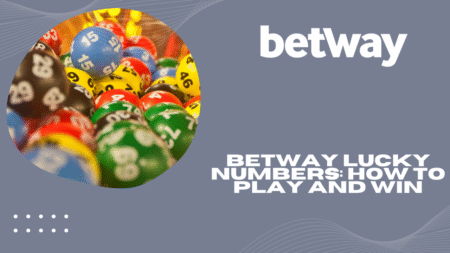

When you place a bet on your favorite team or sporting event, you’re engaging with a sophisticated system that operates far beyond simple guesswork. Behind every set of odds lies a complex web of mathematical calculations, statistical analysis, and strategic business decisions that most bettors never see. Understanding this process reveals why the house typically maintains its edge and how professional bookmakers stay profitable in an inherently unpredictable industry.
The Foundation: Statistical Modeling
The journey begins with data—massive amounts of it. Bookmakers employ teams of statisticians and analysts who gather information from countless sources: historical performance records, player statistics, weather conditions, injury reports, team dynamics, and even social media sentiment. This raw data feeds into sophisticated mathematical models that calculate the true probability of various outcomes.
These models go far beyond simple win-loss records. They incorporate advanced metrics like expected goals in soccer, player efficiency ratings in basketball, and situational statistics that account for factors like home field advantage, travel fatigue, and head-to-head matchups. The goal is to create the most accurate possible assessment of each potential outcome’s likelihood.
The Business Layer: Building in Profit
Once the true probabilities are established, bookmakers must transform them into profitable odds. This is where the “overround” or “vig” comes into play. If a coin flip has a 50% chance of landing heads, fair odds would be 2.0 (even money). However, bookmakers might offer odds of 1.91, creating a built-in profit margin.
This margin typically ranges from 2% to 10% depending on the sport, market popularity, and competition level. Popular events like major football games might have smaller margins due to high volume and competition, while obscure markets might carry larger margins to compensate for increased risk and lower betting volumes.
Market Dynamics and Adjustment
Setting initial odds is only the beginning. Modern bookmaking is a dynamic process that responds to multiple factors in real-time. When betting money flows heavily toward one outcome, bookmakers face potential liability and must adjust odds to encourage betting on the other side. This balancing act helps ensure they profit regardless of the actual outcome.
Professional betting syndicates and sharp bettors also influence odds movement. When respected bettors place large wagers, bookmakers often adjust their lines immediately, recognizing that these informed customers likely possess valuable information. This creates a constant feedback loop where odds shift based on market sentiment and expert opinion.
Technology and Automation
Today’s bookmaking operations rely heavily on automated systems that can adjust odds in milliseconds. Algorithms monitor betting patterns, news feeds, and even social media for information that might affect outcomes. When a star player is unexpectedly benched or weather conditions change, these systems can automatically recalibrate odds across thousands of markets simultaneously.
Risk management software also plays a crucial role, helping bookmakers identify unusual betting patterns that might indicate match-fixing, insider information, or coordinated betting attacks. These systems can temporarily suspend markets or limit bet sizes when suspicious activity is detected.
The Human Element
Despite all the technology, experienced traders remain essential to the process. They provide context that algorithms might miss, make judgment calls on ambiguous situations, and override automated systems when circumstances warrant human intervention. Their expertise becomes particularly valuable in unique situations that historical data cannot adequately address.
Understanding how bookmakers set odds reveals a fascinating intersection of mathematics, psychology, and business strategy. While bettors cannot eliminate the house edge, appreciating this complexity can lead to more informed wagering decisions and a deeper appreciation for the sophisticated machinery operating behind every bet placed.








